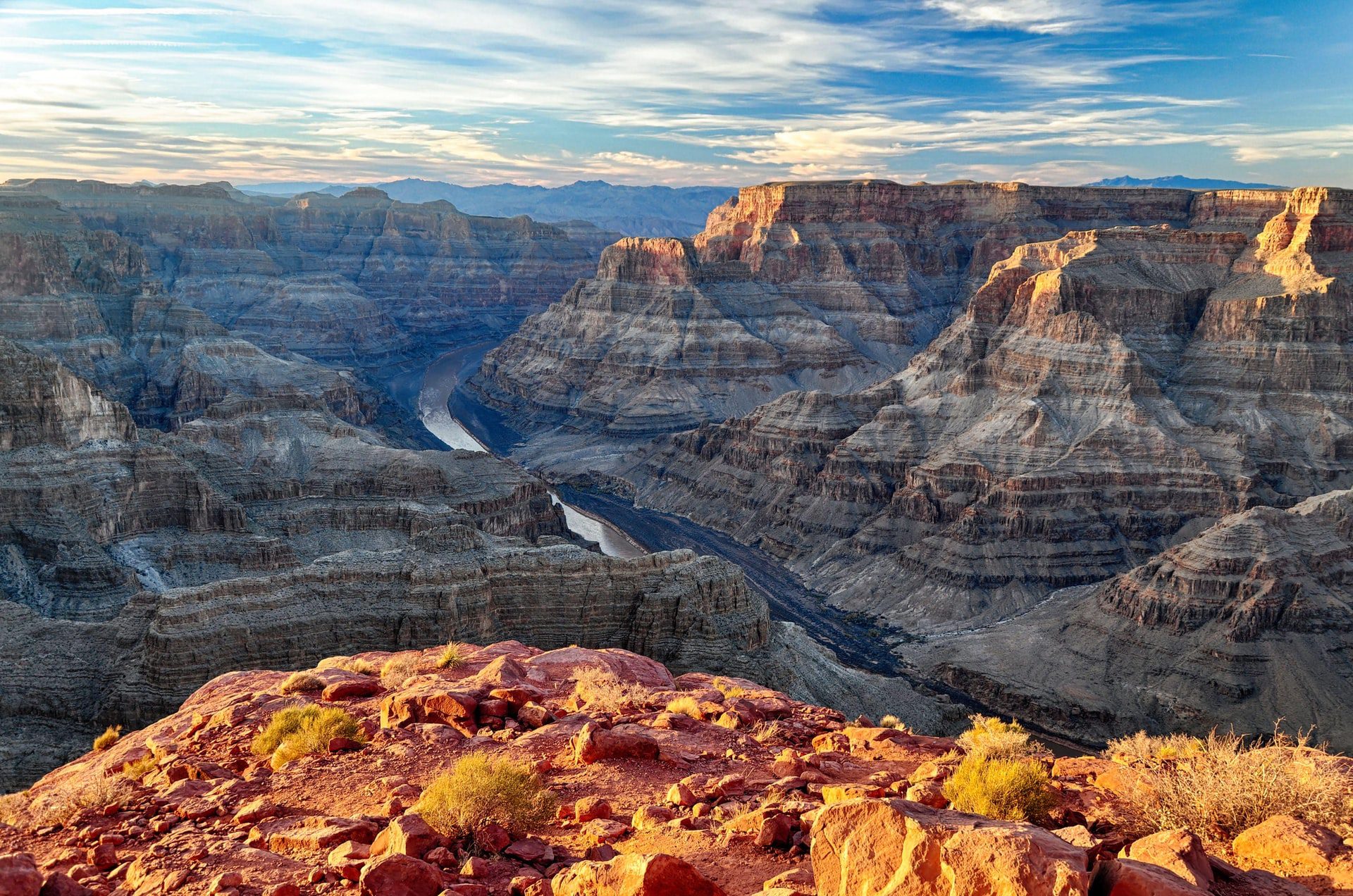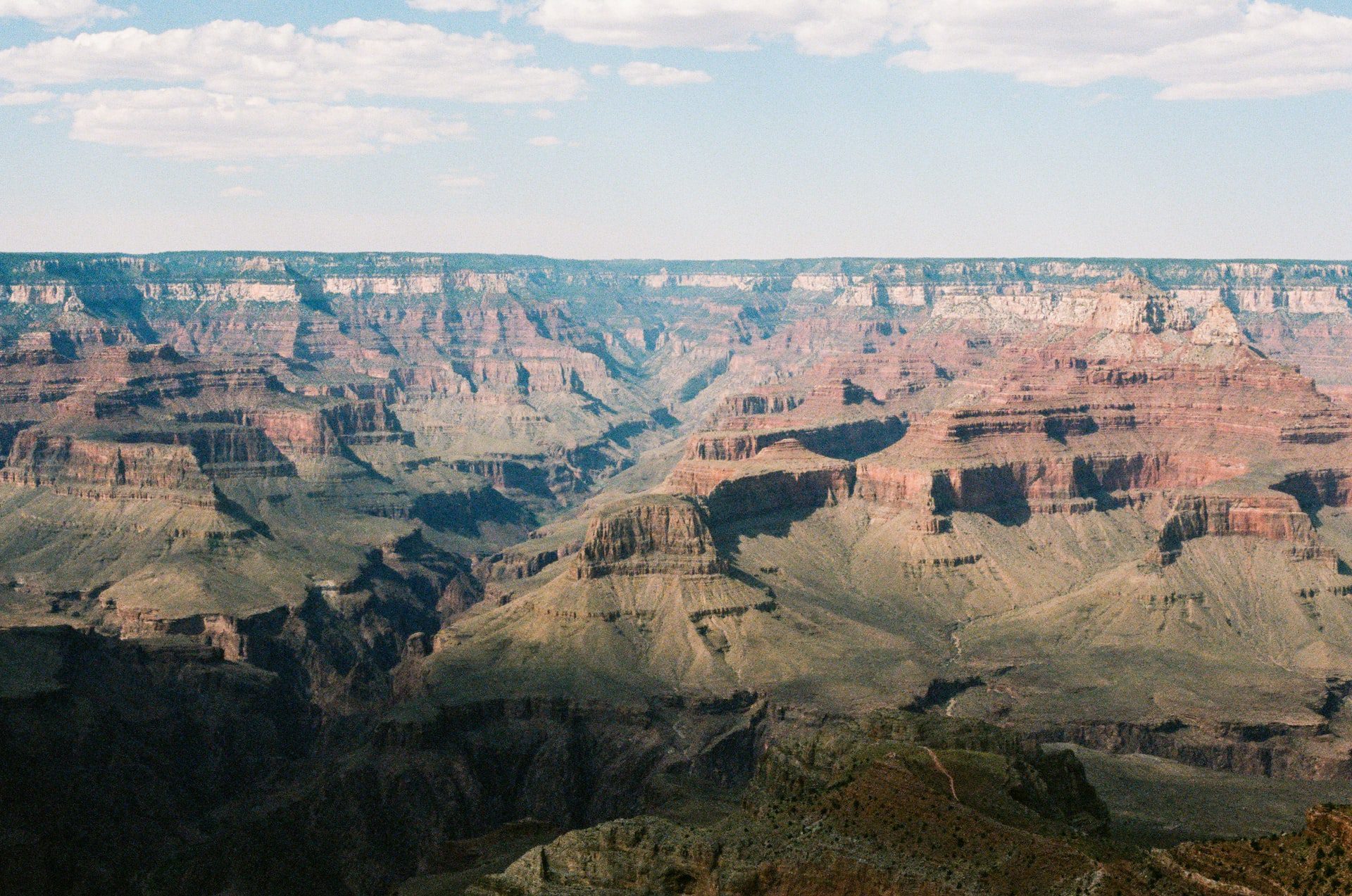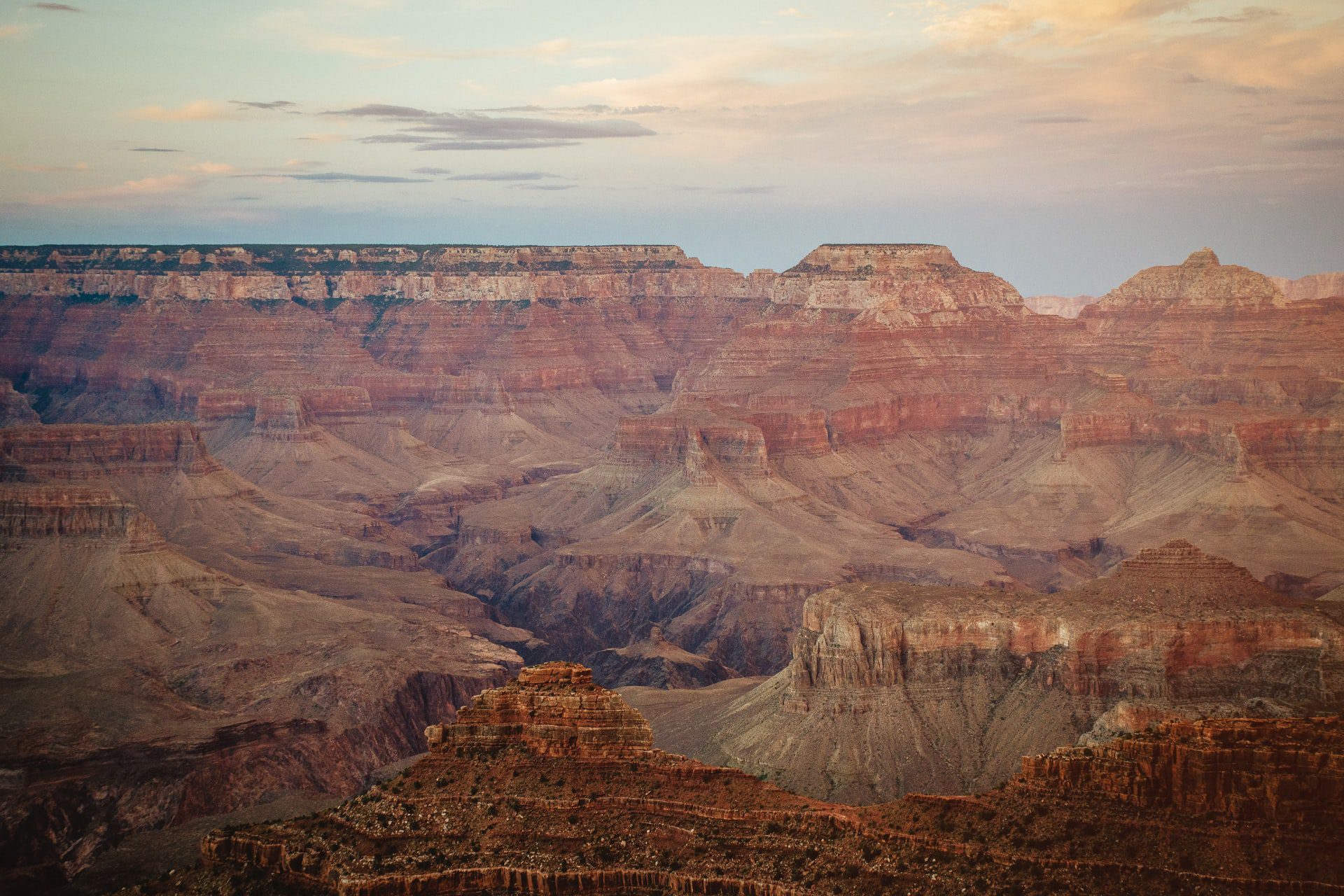What To Know And Do In This All-time Must-see Of Natural Wonder Called The Dirty Devil By John Wesley Powell, Geologist, And Explorer Of The American West.
The sun sinks down over the western rim of one of planet Earth’s greatest natural wonders, hovering just a beat before disappearing below the horizon.

The last of the evening light floods the desert plain surrounding the Grand Canyon, throwing shadows in all directions, shining reflections of every imaginable color, burnt amber and orange, red clay and yellow dust devils, deep, nearly black voids toward the very bottom of the gorge where the eye stops searching for a bottom it cannot find.
One could be mistaken for thinking they’d reached the end of the earth and slipped over into some great beyond, filled with unimaginable, indescribable beauty and grandeur.
The Grand Canyon is a mile-deep gorge, a short drive north of Flagstaff near the Arizona/Utah borders. Experts estimate the mammoth gorge likely formed around 5 to 6 million years ago when the Colorado River began to cut a channel through the layers of rock. Human life has inhabited the area in and around the canyon since the last Ice Age some 12,000 years ago.
The first Europeans to reach the Grand Canyon were Spanish explorers in the 1540s and by May 1869 the one-armed Civil War veteran John Wesley Powell, who would later become the head of the US Geological Survey, led nine men on an unprecedented boating expedition down the Colorado River. His report from that trip, and a second two years later, helped enshrine the Grand Canyon’s reputation as a national icon and natural wonder until it became an official United States National Park in 1919, years after being protected as a forest reserve by President Benjamin Harrison in 1893.

These are a few of the necessary facts taught in school about one of the continental United States’ most famous natural landmarks, which is even more legendary thanks to varying mediums ranging from National Geographic to Griswold’s family vacation. But, as anyone who has ever laid eyes on her will tell you, there is so much more to the Grand Canyon than can be found in a textbook or a movie.
Teddy Roosevelt called the Grand Canyon “one of the great sights that every American should see” and while that may be true, the Canyon and the surrounding area in the national park offer more than just walking to the (safe) edge of a cliff for a quick snap of its jaw-dropping vistas and a kaleidoscopic landscape.
More adventurous visitors may be inclined to hike the gorge to feel the desert air and the sun on their shoulders and get a worm’s eye view of the local geology.
Others may prefer to charter a helicopter for a panoramic of the 270-mile long chasm or even tempt the rapids of the mighty Colorado responsible for carving this magnificent wonder into the hard bedrock of the American Southwest on a raft or (on tamer areas) simply float on a tube and enjoy a desert day
Perhaps your style is to explore the depths of the national park on popular trails like the Bright Angel and South Kaibab trail on a mule, to rest your weary hiking legs.
The spine of steel will surely want to venture out the 70-foot walkway that is the Grand Canyon Skyway and look down, down down into the sheerest depths of the mythical gorge.
Whatever your stripe of adventurism, the Grand Canyon National Park and its titular attraction should rank at the very top of every bucket list because even as its offerings are as diverse as the topography in which it sits, one thing remains simple and true for every visitor:
It does not disappoint.





